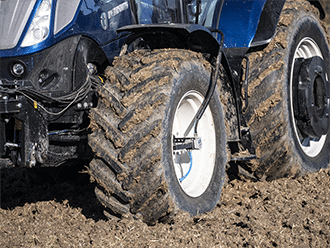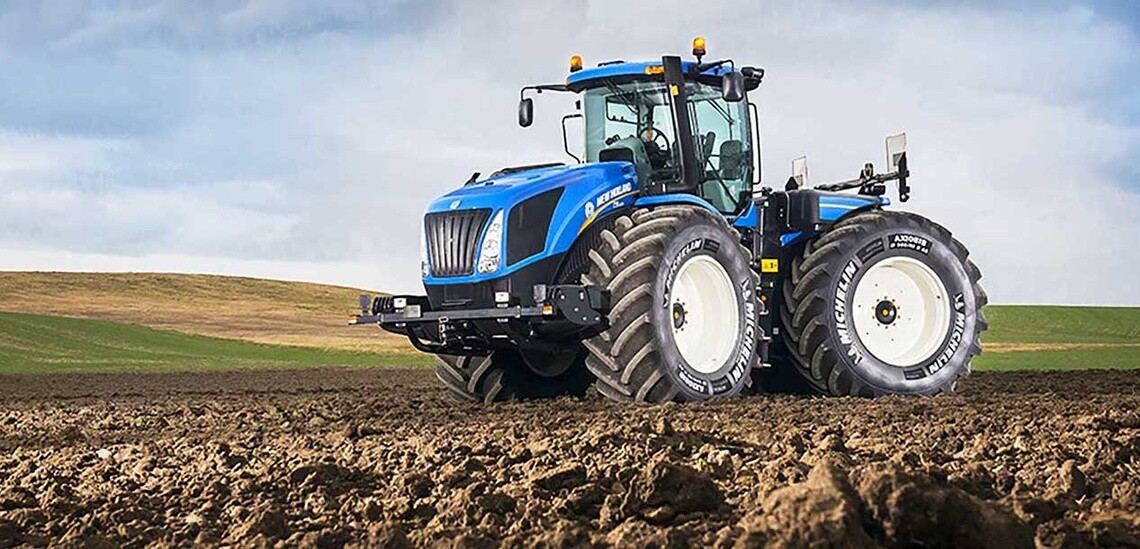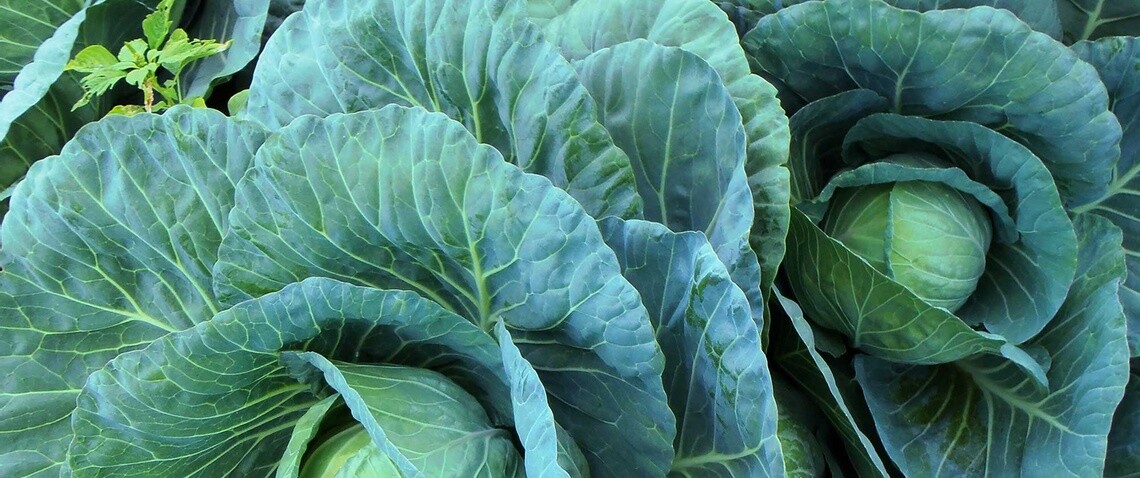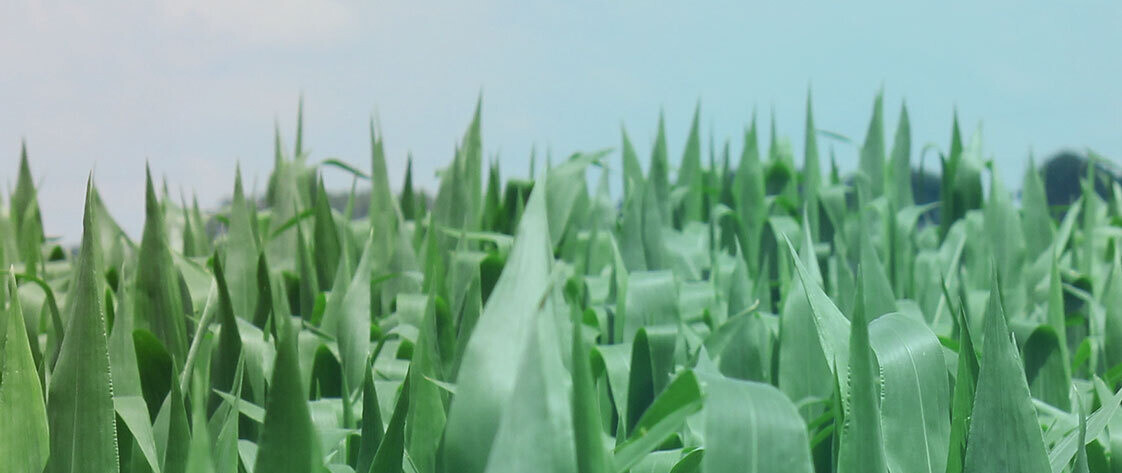
hwt mast
WHEN IT COMES TO MAXIMIZING HARVESTS, FARM TIRES MATTER
Ways to Increase Crop Yield:

Tractor tire equipped with central tire inflation system (CTIS)
Presseveranstaltung
The right pressure at the right time: Central Tire Inflation System
On farms, it's essential to adopt lower pressure in your fields to reduce equipment footprint and soil compaction.
On the road, higher pressure is essential to guarantee good vehicle responsiveness, reducing your fuel consumption and tire wear.
Thanks to the Central Tire Inflation System, enjoy all these benefits from your driver's seat.
hwt section1 logos
The Right Tire Can Increase Crop Yield by Up to 4%(1)
Use our Ultraflex Gains Calculator to see how much yield you could gain when you switch to MICHELIN® Ultraflex tires.
hwt section1 logos

Background 5 picture axiobib2 at work 1 Help and Advice
Pneu Michelin axiobib2 en action
Pressure Calculator
Maximize your agricultural yields and the life of your tires by always adhering to the right pressure. Use our online AgroPressure calculation tool to find yours.
hwt section1 logos

hwt section3 bg
PREPARING TO PLANT WITH MICHELIN
We hosted a live webinar to help hardworking farmers prepare their fields and equipment for planting in 2021. If you missed it, click below to watch the full video and see all our tips for a successful season.
EXPERT SOIL ADVICE

hwt section7 bg
FIND YOUR
MICHELIN® AG TIRE
Find the perfect tire for
your equipment and crops.
FIND YOUR LOCAL
MICHELIN AG DEALER
There's no better expert than
your local Michelin Dealer.

hwt section6 bg
INVITE MICHELIN
TO YOUR FARM
The best way to get the most out of your soil is to invite your local Michelin Agriculture Representative to your farm. Once there, we can help you maximize your equipment, tires and time to grow your business.
HEAR FROM OTHER FARMERS
What are other farmers saying about Michelin technology? See for yourself.

hwt footer
(1) A study carried out by Harper Adams University in the UK in 2012, demonstrates that MICHELIN ULTRAFLEX technology increases agronomic yields by 4% on average. These results are confirmed by similar studies carried out in the United States (Illinois) and Brazil (Mato Grosso).







